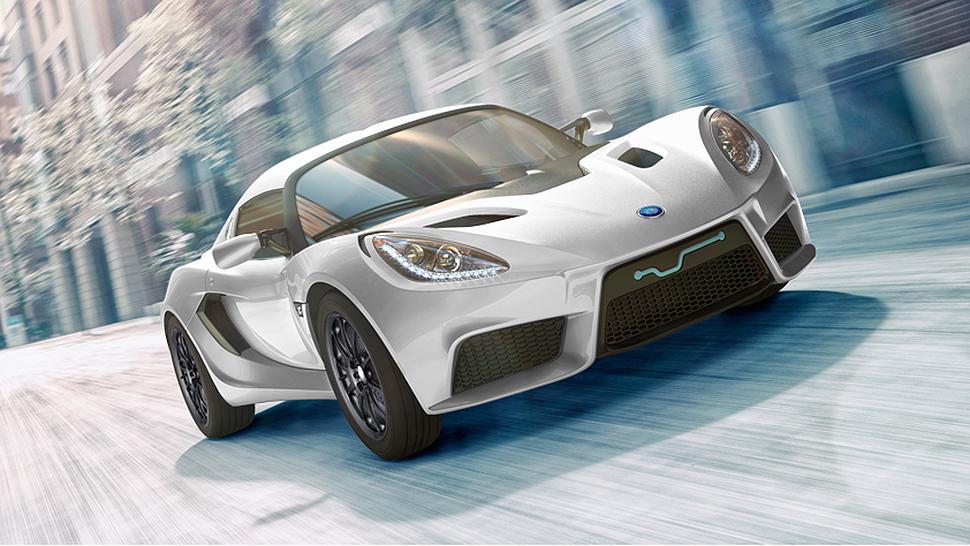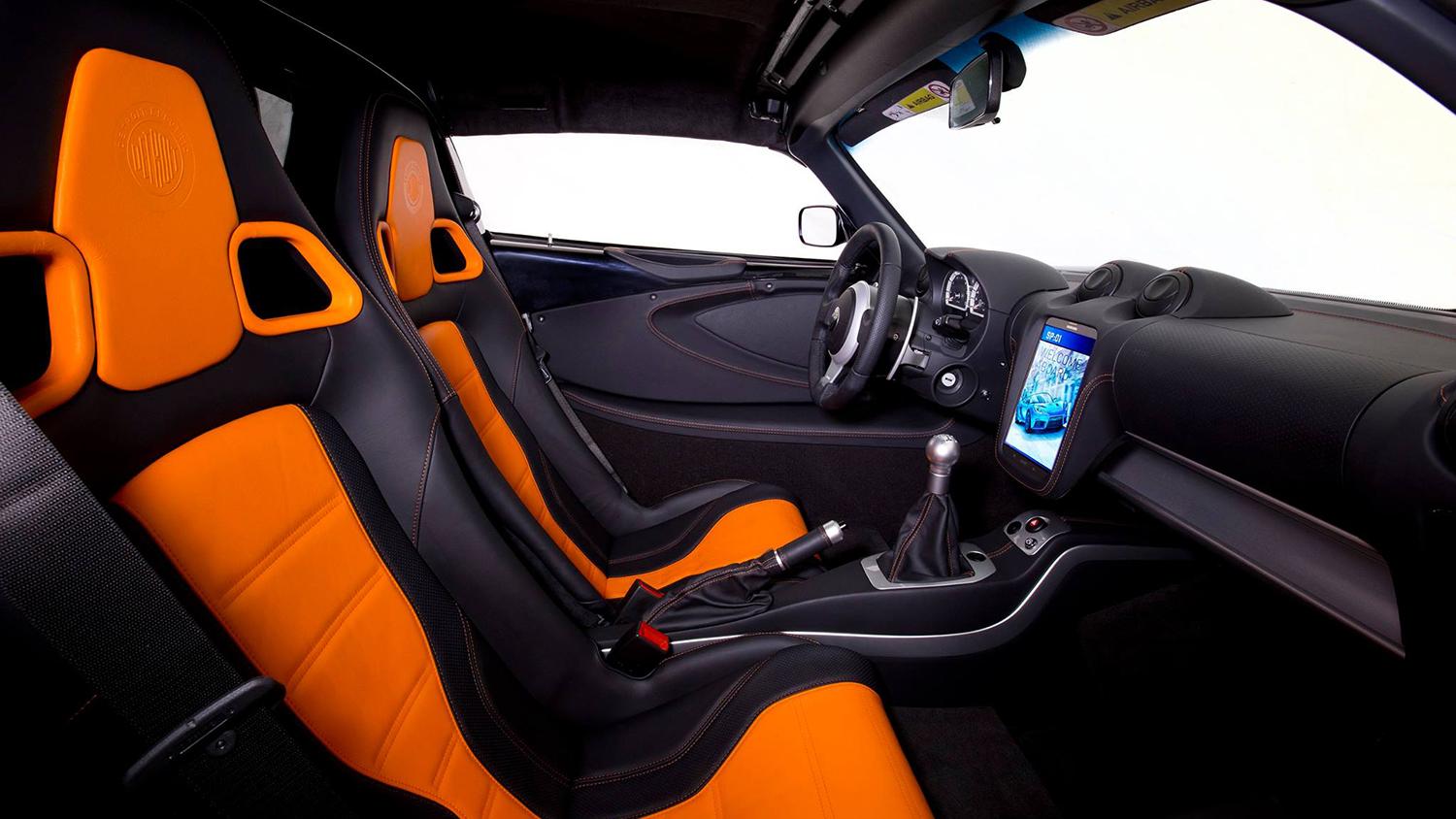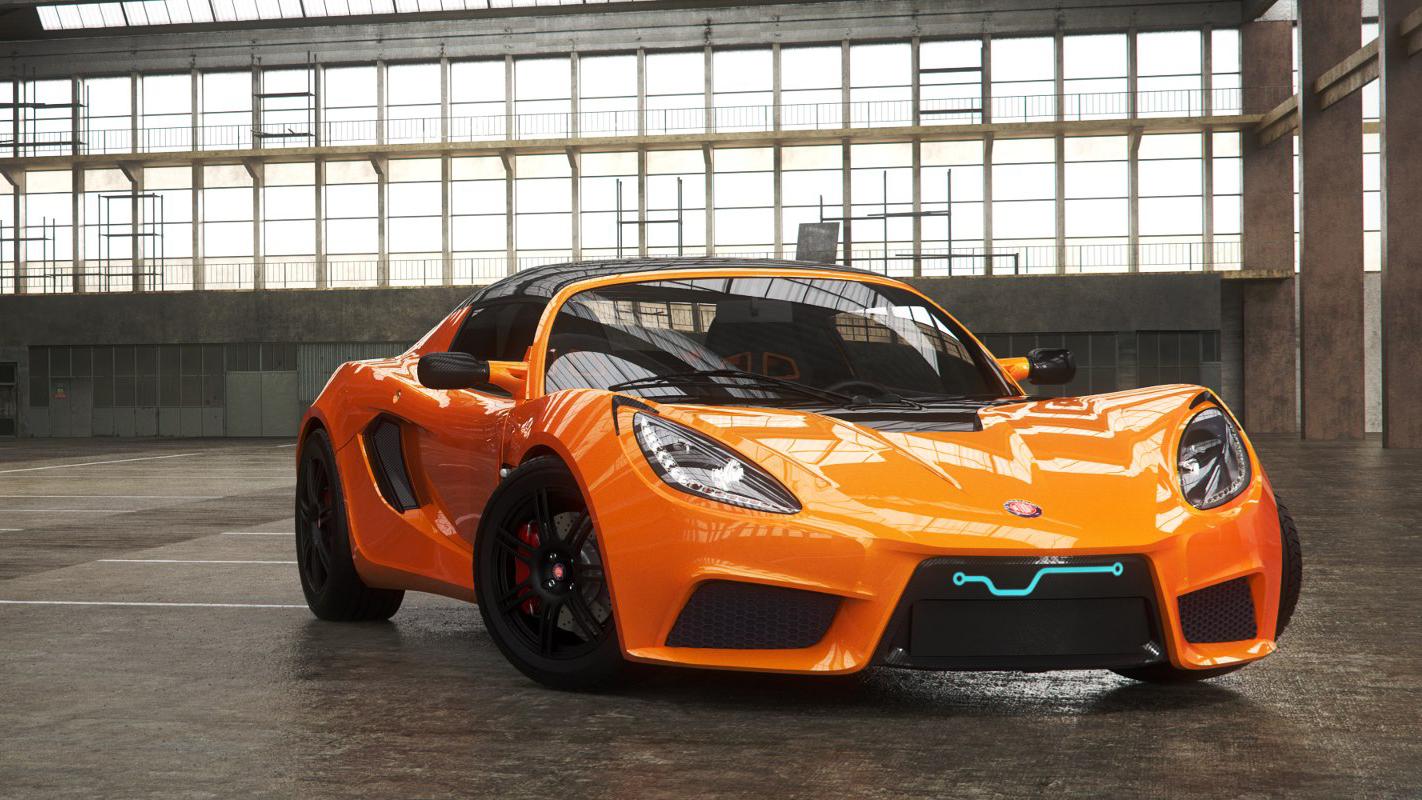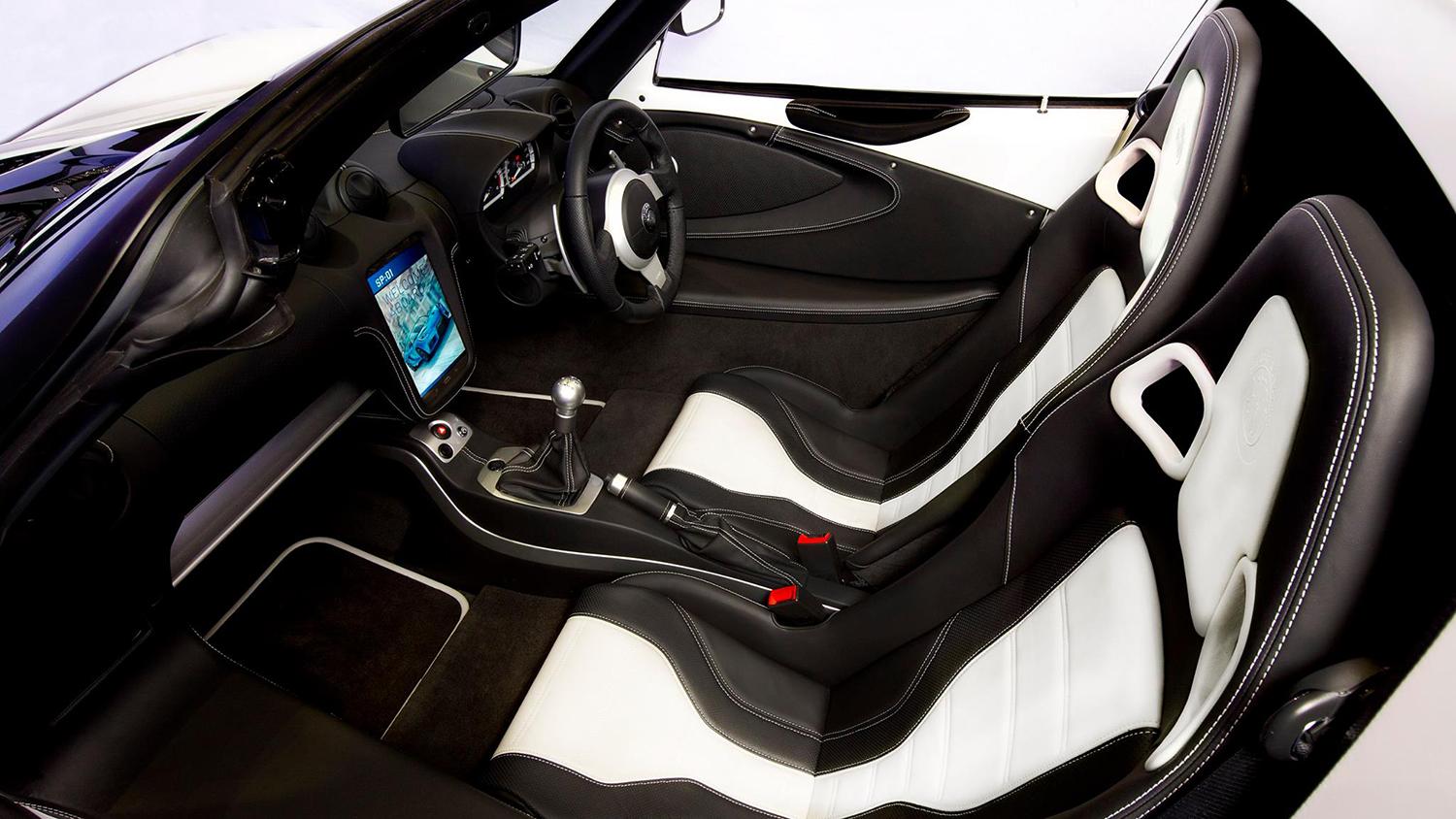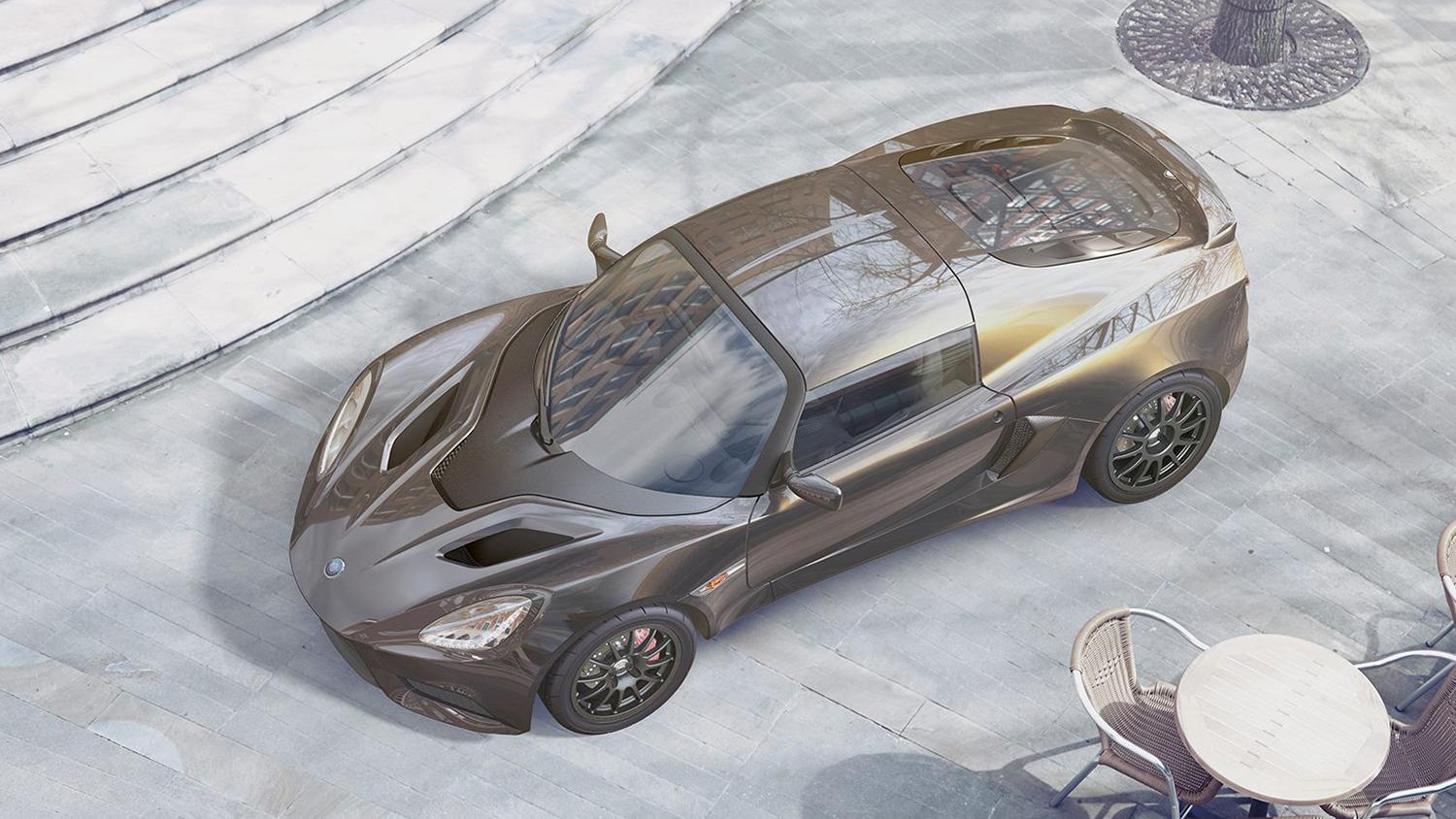Two years ago, a former Lotus executive named Albert Lam resurrected Detroit Electric. Founded in 1907 in the nation’s Motor City, Detroit Electric sold over 10,000 cars — including a few to high-profile clients like Thomas Edison and John D. Rockefeller — until it shut down in 1939.
The startup has overcome several teething problems and, following the path blazed by Tesla, it is putting the final touches on a Lotus-based two-seater roadster that’s powered by an all-electric drivetrain.
Buyers will initially be asked to choose from two versions tentatively called Pure and Performance, respectively. Positioned at the bottom of the lineup, the Pure version is powered by an electric motor programmed to zap the rear wheels with 204 horsepower and 206 foot-pounds of torque, respectable figures for a car that weighs a hair over 2,500 pounds. The Pure can reach 62 mph from a stop in 5.6 seconds — nearly on par with a base-model Porsche Boxster — and go on to a top speed of 105 mph.
The Performance model tips the scale at closer to 2,600 pounds but it benefits from an upgraded motor rated at 286 horsepower. Although torque remains unchanged, the more athletic SP:01 takes just 3.9 seconds to sprint from zero to 62 mph and it maxes out at an Autobahn-worthy 155 mph.
Dutch magazine Autovisie reports that both cars are fitted with a 37 kWh battery pack, and they can go for nearly 180 miles on a single charge in normal driving conditions.
To differentiate the SP:01 from the Lotus Exige that it draws its roots to, Detroit Electric has given it a revised front fascia with a sloping hood and three large air dams as well as a redesigned rear fascia with a pair of round LED lights, a small spoiler and a more sculpted bumper. In profile, the SP:01 adopts an aerodynamic fastback-like silhouette.
Billed as a limited-edition model, the UK-built Detroit Electric SP:01 will be aimed largely at buyers in Europe, in North America and in the Middle East. Pricing information hasn’t been officially announced yet, but the startup automaker hopes to deliver its first car before the year comes to a close.

